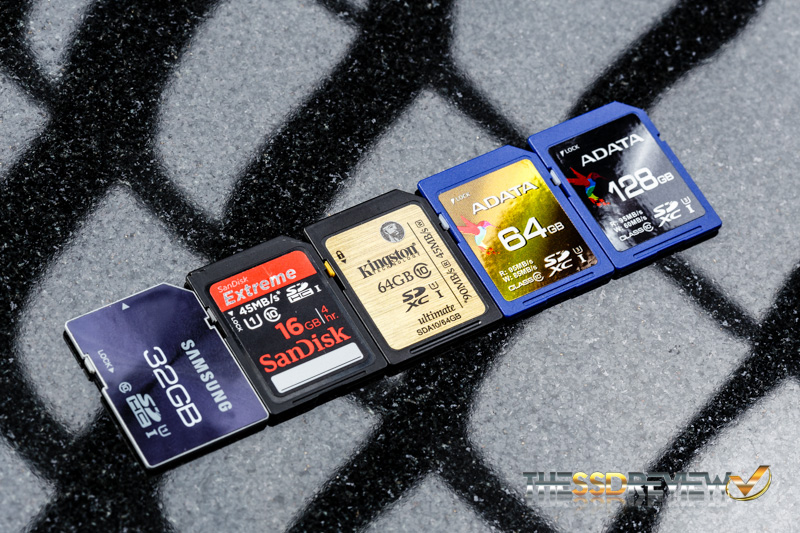REAL WORLD TESTING
Now we begin our real world testing! This benchmark is supposed to simulate how a photographer may shoot a subject whether it be a sports game or a bird in flight. We are talking about pure continuous burst speed testing. For comparison, we have results from the 64GB ADATA XPG, 64GB Kingston Ultimate, a 32GB Samsung Pro and a 16GB SanDisk Extreme.
The methodology behind this test is simple, I will be comparing how long it takes for my Canon 6D’s image burst buffer to offload onto the cards after it fills from a continuous burst and record how many images I was able to shoot before my burst rate slows down. For standardization and comparison, the camera settings will be shooting at ISO 100, 1/160th of a second, aperture f/4.
Here we see that the ADATA Premier Pro was able to write fast enough to allow my 6D a 22 image burst and it took 9 seconds on average to empty the buffer to it. However, after two photo shoots where I filled the card to a little over half capacity, I decided to try the test again. The burst rate lowered to just 16 photo burst and the buffer offload time increased to twice that of an empty state. After a quick format, speeds were back to normal. So from this, as this card fills it slows down, but it is still plenty fast in its slowed down state for normal use and small continuous bursts.
REPORT ANALYSIS AND FINAL THOUGHTS
Large data transfers from your camcorder or other digital devices can be a task in a fast pace workflow. Having fast storage helps save time and money when you could be working on your projects rather than waiting for media to offload to your PC. The same goes for when you are recording; if your storage can’t keep up with your devices it can be frustrating and can lead to missing the shots you need. That’s why companies like ADATA are releasing these much faster performing memory cards.
Reaching a best of 91MB/s read and 63MB/s write in our synthetic benchmarks, the ADATA Premier Pro proved to be a top performing UHS-1 U3 SDXC card. In our real world testing, it showed that it could keep up with the best of the cards we’ve tested, allowing for an 8 image surplus over the Canon 6D’s 14 image burst buffer rating. From its speed and under $1/GB price to ADATA’s limited lifetime warranty, this card delivers in value.
Check out the ADATA’s Premier Pro SDXC UHS-I U3 cards on Amazon.
 The SSD Review The Worlds Dedicated SSD Education and Review Resource |
The SSD Review The Worlds Dedicated SSD Education and Review Resource | 


Also, on the back is a small chart listing the approximate amount of media it can hold, from 11400 24MP images to 160 hours of 4K video. And a QR code and link to ADATA’s website where you can register for your lifetime warranty and free software. https://merky.de/805fcc
You should have tested the card with Q1, not Q4. Nobody will copy 4 files at once. It is not a server 🙂
You do realize this is a 2014 article don’t ya? Testing was conducted to validate specs.